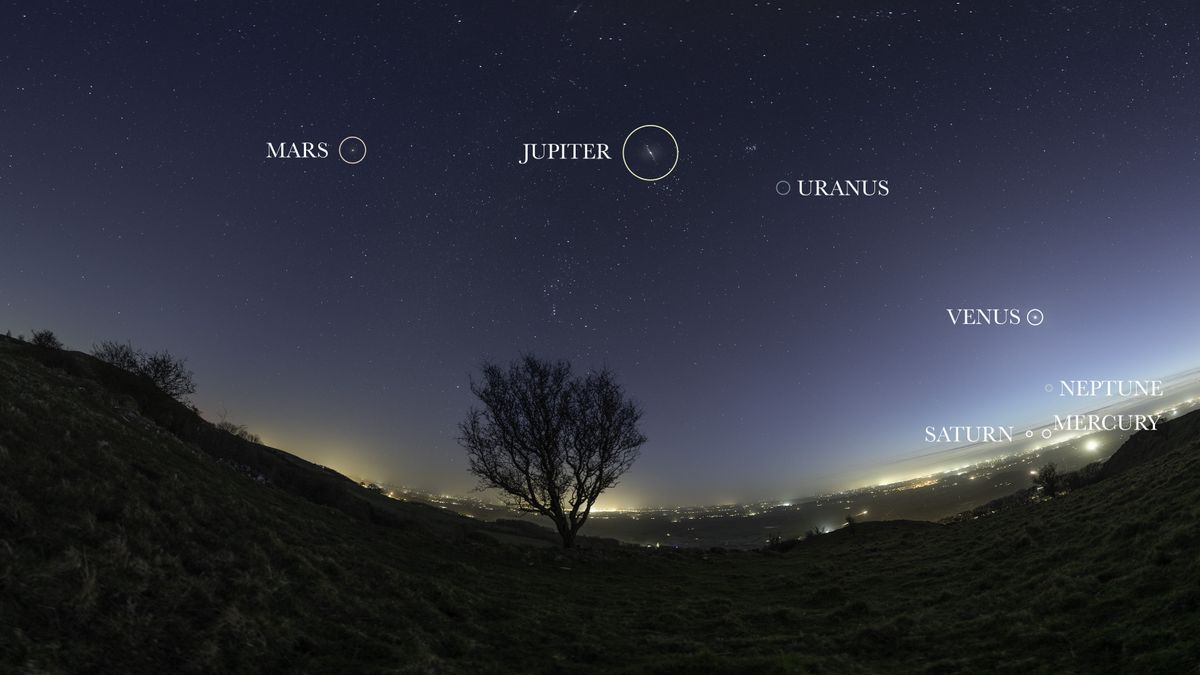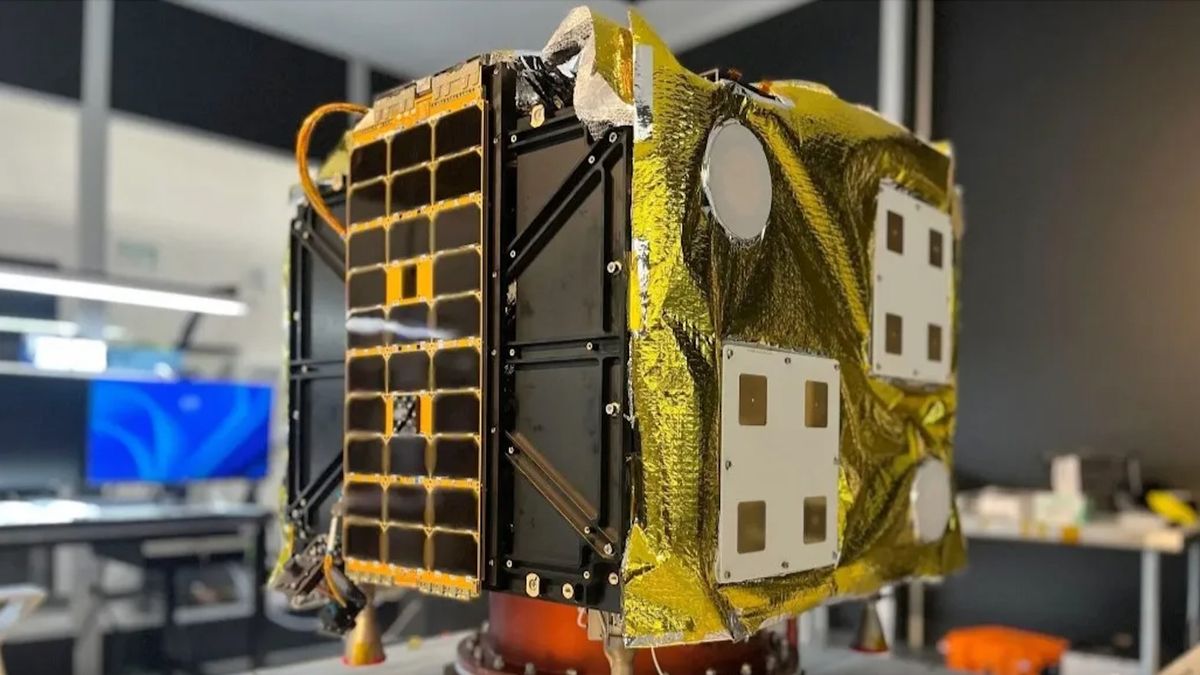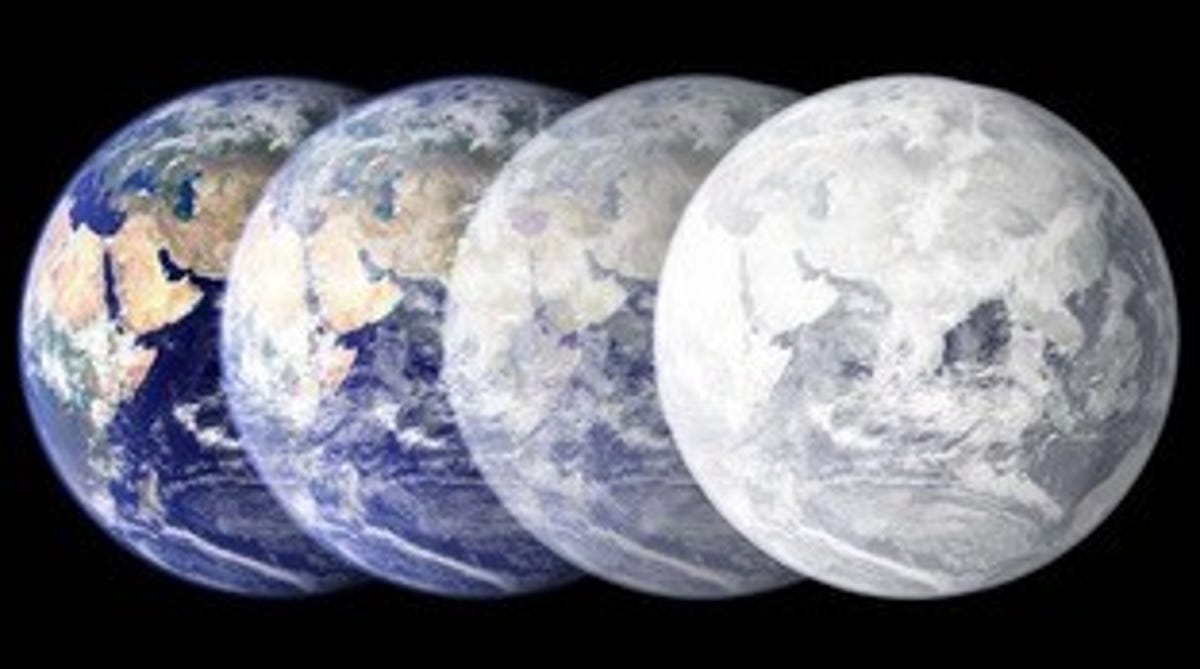
A breathtaking photograph has managed to showcase all seven neighboring planets in the sky above Earth simultaneously, potentially marking the first time this has been accomplished.
This remarkable composite image was taken by astrophotographer Josh Dury. It features Mars, Jupiter, Uranus, Saturn, Venus, Neptune, and Mercury all aligned due to a rare occurrence known as a “planetary parade,” which is happening this weekend for the first time since 1982. (You can find out how to watch it live tonight.)
While spacecraft like NASA‘s Voyager 1 have previously captured images of all the planets from space, ground-based cameras have only recently advanced enough to achieve this feat. This makes Dury’s photograph likely the first of its kind taken from Earth.
“Capturing all seven (or possibly eight) planets is an accomplishment that, to my knowledge, has not been accomplished before,” Dury shared with Live Science in an email, noting that if Earth is included in the foreground, the photo totals to eight planets. “This image might represent a historic record of the first-ever photo capturing all the planets of the solar system, composed into a panoramic image.”
Dury took the stunning shot just after sunset on February 22 from The Mendip Hills, a picturesque range of limestone hills located in Somerset, U.K.
Related: Have all eight planets ever aligned?
To achieve this photographic milestone, Dury created a composite image comprised of multiple panels, with each panel containing several exposures.
Utilizing advanced astronomy software, Dury was able to pinpoint the locations of Saturn, Neptune, and Mercury— which were dimmer and positioned closer to the western horizon. He implemented a high dynamic range (HDR) camera setting to capture the subtle light emitted by these planets.
“I realized that photographing the lower planets at the exact moment of sunset would be impossible due to the sun’s glare,” Dury explained. “Thus, this image represents the first glimpse of the planets as sunlight receded.” He later referenced his night-sky models to correctly identify the planets showcased in the image.
Planetary conjunctions happen when two or more planets appear in close proximity in our sky, though from a cosmic perspective, the planets are actually very far apart.
While conjunctions are not particularly rare, they become increasingly unusual with each additional planet included. For example, the three innermost planets—Mercury, Venus, and Earth—align every 39.6 years at an apparent distance of 3.6 degrees. In contrast, for all eight planets of the solar system to align as closely, it would take 396 billion years—a scenario that will unlikely happen before the sun transitions into a red giant and engulfs Mercury, Venus, and presumably Earth.
However, it’s not entirely unusual for seven planets to appear on the same side of the sun, as currently displayed in Dury’s image. Another seven-planet alignment is projected for views from Earth in 2040.
If you wish to experience a planetary alignment firsthand, tonight (February 28) offers one of the best opportunities for viewing. You can utilize tools like Time and Date and Stellarium to find specific viewing times tailored to your location.









